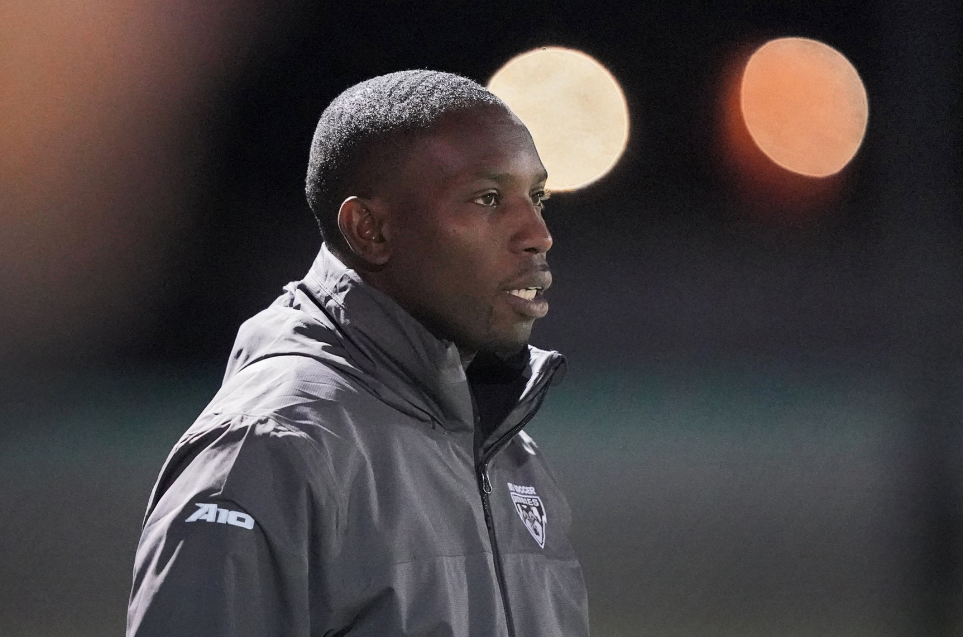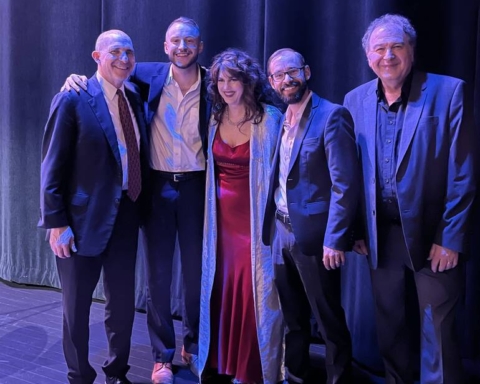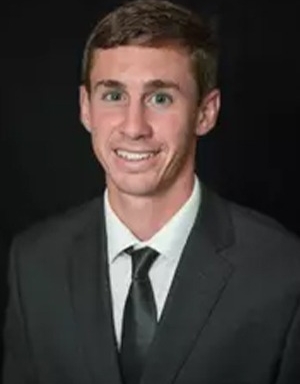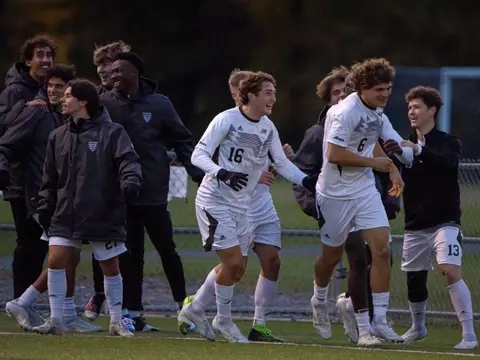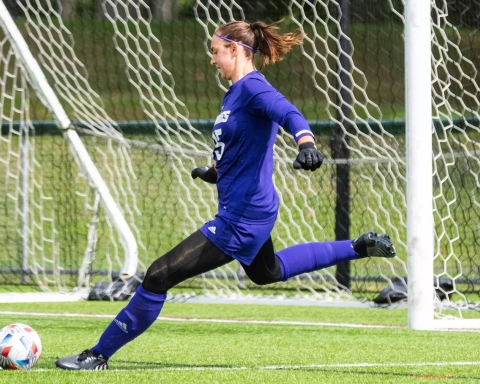St. Bonaventure University is home to only 1,800 undergraduate students, and on a weekly basis, its athletic programs compete with the largest Division I universities in America, many of which are home to more than 50,000 undergraduate students.
And for a school like Ohio State University, with an undergraduate population of 66,000, recruiting is easy pickings. With its new $19.5 million dollar renovated weight room and more than $18 million dollars in scholarship money, the decision is easy for an American recruit: to pick the hundred-thousand-dollar operation at St. Bonaventure or the multi-million-dollar machine that is the Ohio State University.
However, St. Bonaventure men’s soccer coach Kwame Oduro, has found an alternative route for recruiting, searching the global soccer showcases for the best talent internationally.
“Soccer is a worldwide sport, and there are good players out there,” said Oduro. “It is very difficult for mid-major schools like us to get the best American players, so we have to go elsewhere to get the best players to compete.”
Oduro has been the head coach at St. Bonaventure since Dec. 2014 and has done nothing but recruit the best talent from around the globe. Since his first recruiting class in 2016, Oduro has had at least 11 international players on his roster each season, with a high of 13 international players on the 2019 roster.
Oduro’s players have come from 12 different countries outside of the United States: Italy, Canada, Jamaica, Hong Kong, Iceland, England, Norway, Ghana, Scotland, Spain and Brazil, including the 2018 teams leading scorer, Kosi Nwafornso, who came from Nigeria to play under Oduro.
Going outside of the United States to recruit, for Oduro, is common ground. Oduro was born in Accra, Ghana, and moved to Toronto, Ontario, as a kid. He eventually came to the states to play for the Niagara University Purple Eagles, where he led the team to back-to-back MAAC tournament bids during his junior and senior years. After playing at Niagara, he coached as an assistant coach under longtime Niagara and Canisius College coach, Dermot McGrane, from Leicester, England.
Oduro, having the experience of coming from outside of the U.S., feels that knowing the process first hand gives him an advantage internationally.
“We always tell our recruits that because I am an international, I can help you through the process,” said Oduro. “It is one thing to be a good player, but it is another to go through that whole process of the visa and all that stuff, and not every international kid is able to do it, so we tell them we have done it and we know what they need to do to be successful.”
When Oduro begins his recruiting process each winter, there is no specific sector of the world he starts or ends with. Oduro’s recruiting spans across all regions of the world.
“There are so many different showcases all over the world now and every school is going there,” said Oduro. “So, it is not so much specific sectors but the players that you see and hope that they pick you and St. Bonaventure, and if they don’t, you move on to the next kid.”
When Oduro’s international recruits get to the U.S., the process of becoming accustomed to a new life, in a new world, are only at its beginnings.
“It is an absolute adjustment coming to play here,” said Oduro. “And I will give you one specific reason. In the U.S., you can sub at will or it seems like, but anywhere else in the world you have three or four subs that you can bring in, so you can’t be chasing and running around for 90 minutes internationally, but when you come here I can sub and make you run out for 20 minutes and then come back and put another kid on for 20 minutes, so there is an adjustment in that regard, pace of play.”
Regardless of the process and the challenges universities face in recruiting internationally, once the changes are made and the players adapt to the U.S.’s pace of play, Oduro believes he has the best players.
“The game here is 100 miles an hour and never seems to slow down, so there is an adjustment of physicality and pace in the U.S.,” said Oduro. “But once they adapt, they are good soccer players and will do well.”
By John Pullano, Sports Editor
pullanjj18@bonaventure.edu

